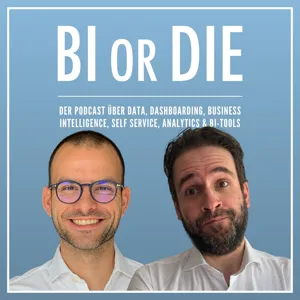Come Formattare i Post su Facebook
Per facilitare la lettura e l'interazione con i propri lettori su Facebook è importante formattare i contenuti di modo che siano facilmente scansionabili.
Scansionabile vuol dire che il testo presentato è agganciabile dall'occhio in punti diversi e può essere consultato potendo individuare facilmente le sue parti principali, gli argomenti che tratta, e potendo iniziare la lettura con facilità da qualsiasi punto.
Un testo scansionabile è anche un testo fatto da brevi frasi, concise, chiare e dirette. Frasi lunghe e complesse, ricche di incisi e considerazioni, non si prestano bene a questo tipo di utilizzo ed è meglio che siano spezzate in frasi più semplici e brevi.
Presentare "muri di testo", scrivendo righe su righe senza mai una pausa, un interruzione visiva, è l'elemento che maggiormente scoraggia il lettore dal procedere. Questo ovviamente vale sia su Facebook, ma anche sugli altri social, sugli articoli, sulle guide e su qualsiasi altro contenuto testuale pubblicato su una piattaforma digitale.
*Formattazione a blocchetti*
La strategia ideale per Facebook e per gli altri social, caratterizzati tutti da una consultazione rapida, superficiale, spesso non attenta ai dettagli, è quella di spezzare il contenuto da presentare in tanti blocchi di testo (chunking), brevi e quindi di facile lettura.
Questi blocchetti (paragrafi) vanno sempre separati da una riga vuota di testo.
Nella formattazione a blocchetti non esiste il "punto e a capo". O fai punto, spazio e poi inizi la frase sulla stessa riga, oppure fai punto, a capo, riga vuota, e poi inizi un nuovo paragrafo/blocchetto.
*Megablocchi*
Laddove hai testi più lunghi e corposi, è bene suddividere i contenuti in megablocchi o "capitoletti" che contengono 2 - 6 paragrafi di testo ciascuno.
Ogni capitoletto dovrebbe essere ben titolato, usando un massimo di 2-3 parole, e lo spazio vuoto fra un "capitoletto" e l'altro dovrebbe essere nettamente maggiore (tre volte di più almeno) dello spazio fra un paragrafo e l'altro.
Riferimenti:
Dynamics in Document Design by Karen Schriver
https://www.amazon.it/Dynamics-Document-Design-Creating-Readers/dp/0471306363How Users Read on the Web
https://www.nngroup.com/articles/how-users-read-on-the-web/Tool:
Per formattare post di Facebook, Instagram e altri social potendo mantenere più righe di testo vuote fra una sezione di testo e un'altra è indispensabile usare uno strumento extra, poiché Facebook e gli altri social, eliminano queste righe vuote una volta che il post viene pubblicato. (Facebook consente di lasciare una riga vuota massimo fra un paragrafo e l'altro. Instagram, nessuna.)
Grazie al supporto dei miei sostenitori ufficiali su Patreon ho realizzato un tool gratuito dedicato a risolvere questo problema. Si chiama Social Media Formatter e serve specificamente a poter pre-formattare un testo da pubblicare su FB, Instagram o altro social, potendo far si che le extra righe vuote fra paragrafi non vengano poi cancellate.
Lo trovi qui:
https://smf.robingood.comDiventa mia sostenitore ufficiale su Patreon:
https://patreon.com/Robin_Good-------------
Info Utili
⢠Musica di questa puntata:
"Palm Trees" (ft Joey Edwin) by Joakim Karud - disponibile su Bandcamp:
https://joakimkarud.bandcamp.com/track/palm-trees⢠Dammi feedback:
critiche, commenti, suggerimenti, idee e domande unendoti al gruppo Telegram
https://t.me/@RobinGoodPodcastFeedback
⢠Ascolta e condividi questo podcast:
https://gopod.me/RobinGood⢠Diventa sostenitore:
sostieni il lavoro di Robin Good e tutti i contenuti e risorse utili che condivide costantemente
https://robingood.com/patreon-sharewood-community-campus https://Patreon.com/Robin_Good ⢠Seguimi su Telegram:
https://t.me/RobinGoodItalia (tutti i miei contenuti, immagini, audio e video in un solo canale)
oppure
https://facebook.com/RobinGoodItalia/ (Pagina Facebook ufficiale)
⢠Newsletter:
http://robingood.it/toptools-newsletter ⢠Per info e richieste:
mailto:
Ludovica.Scarfiotti@robingood.it




